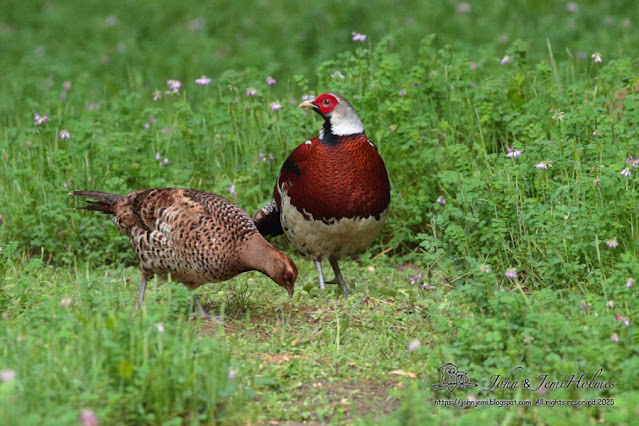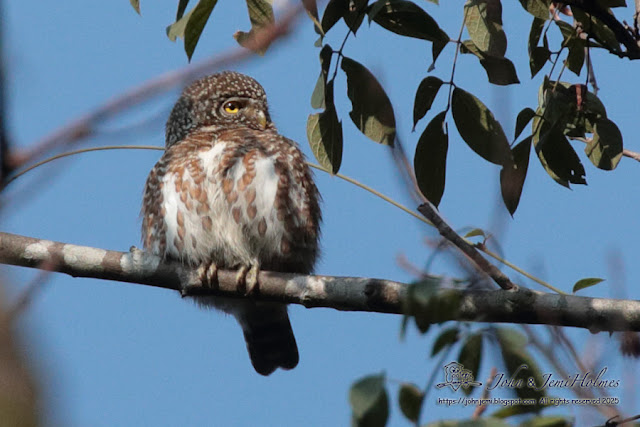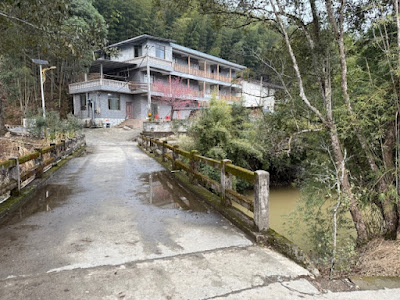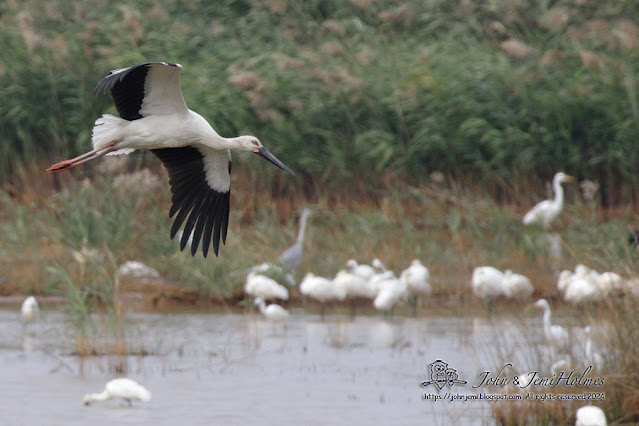Back in October 2024 we got a message out of the blue from Hiroyuki and Shoko TANOI, whose “Seabirding Japan” (here) is a go-to reference for seabirders from all over East Asia.
We were invited to join a series of pelagic day trips from northeastern Taiwan, with the objective of seeing seabirds in general and Short-tailed Albatross (Phoebastria albatrus)(hereafter, “STA”) in particular. Places were reserved for us, all we had to do was get to the rendezvous points with the cash for the trips.
We didn’t know who else would be on the trips, apart from ourselves, the TANOIs and some local Taiwanese birders and photographers, but as it turned out, there were several other HK birders who had committed to the trips, too.
We found the public transport in Taiwan relatively easy to navigate, especially with our Taiwan “Easycards” (like HK “Octopus” cards). Our first place to stay was the historic port town of Suao. An early morning Taxi on March 20th got us to the dockside at Fen Niao Lin, south of the town.
Our boat was the fairly basic Hoi An No.1, pictured above.
After identity documents of all had been checked by the coastguards we set off on a cool and blustery morning. The young and enthusiastic local organisers, including Tom Yen and his colleagues had prepared plenty of “chum” for the birds.
We were only about half an hour out to sea that we saw our first Black-footed Albatross (Phoebastria nigripes) (“BFA”), and in due course the boat was attended by 15-20 of these birds.
Short-tailed Albatross (formerly “Steller’s Albatross”) has two distinct populations on breeding islands, with about 80 % on the Japanese Island of Torishima, and 20 % on Minami Kojima in the Senkaku group, west of Okinawa, and close to northeast Taiwan. (A few of the Torishima birds now breed on Midway Island, too.)
The background of research into these birds is fascinating, but suffice it to say that the DNA and morphological evidence indicates a “split” is on its way. Individuals from the rarer western STA population are the ones usually seen in waters off Taiwan.
Eda, M. and Higuchi, H. (2012). Does the Short-tailed Albatross Phoebastria albatrus consist of two species? Jap. J. Orn. 61(2): 263-272.
The most numerous birds, however were Streaked Shearwaters (Calonectris leucomelas), with dozens in view for most of the voyage and a total of 4-500 seen in total on the day. The light remained challenging, but there was plenty to look at.

Masked and Brown Boobies and Great Crested Terns didn’t add up to a great deal of seabird variety, but we felt we had plenty of excitement by the end of the day.
Then it was a Taxi back to the train station to reposition ourselves for a different port and a different boat the following day….


































































